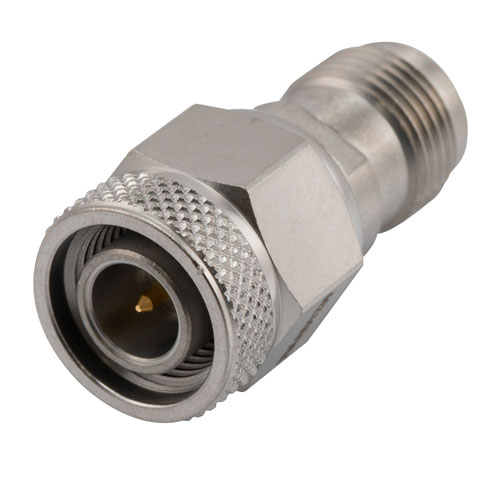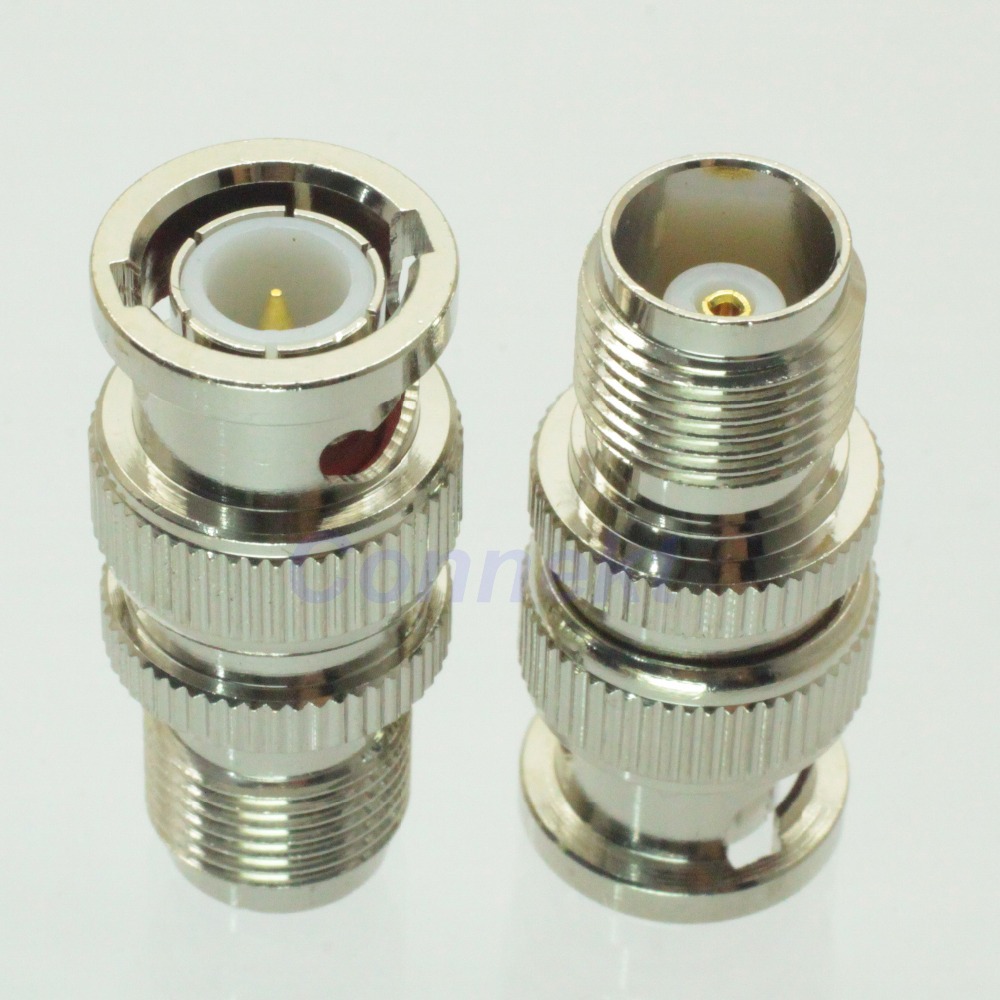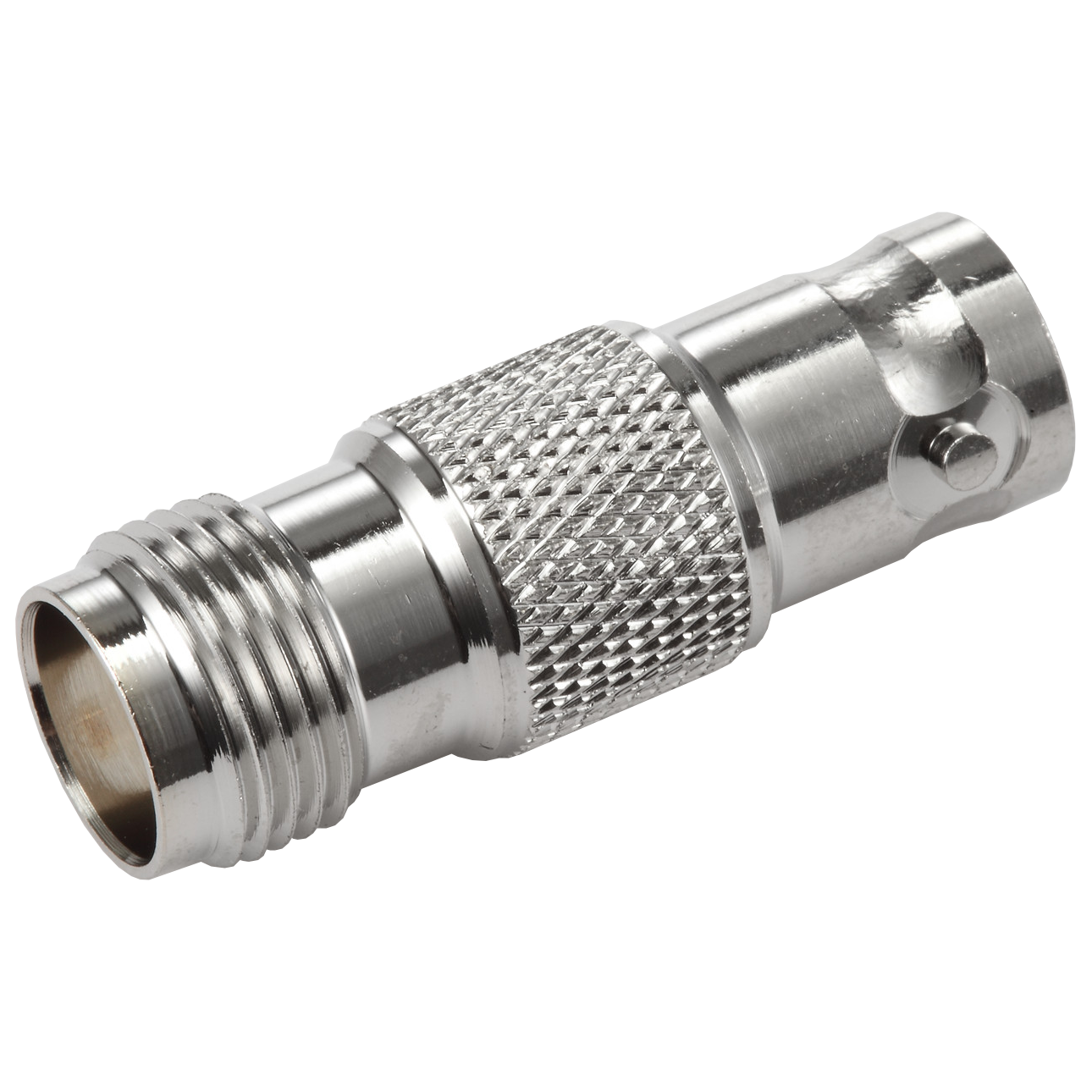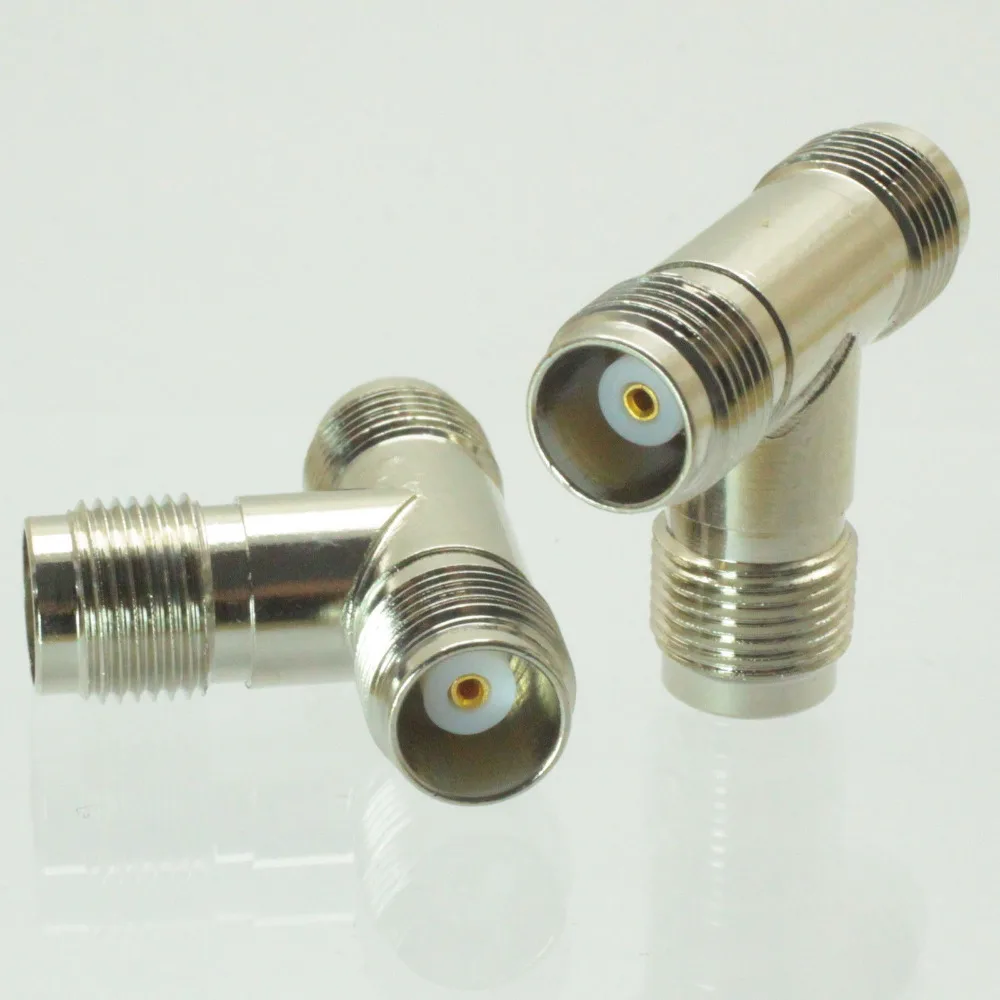

Double-shielding of both LMR-100 and LMR-200 enables low signal loss.In both cases of coax types, the cables are rated for outdoor use and are also suitable for indoor use.The LMR-200 cable-type has much lower attenuation (signal loss) than LMR-100 and RG58.Recommended tightest continuous bend radius is 1.1 inch (28mm). Cable is equivalent to LMR-100 in thickness. The higher quality of the cable translates into lower loss/better performance. The LMR-100: A double-shielded relatively thin coax, that has similar flexibility as RG174, and has much better signal-loss-per-meter (less attenuation / signal loss) than RG174 and RG178.All of our RP-TNC cables are are rated for outdoor use and are also suitable for indoor use: We offer three coaxial cable options (thickness and flexibility of the cable): All have a a black jacket. Female has the threads on the outside, and male has the threads on the inside. The reverse polarity refers to the orientation of the pin and socket configuration: Female has a pin and male has a socket. Click here to find TNC Connectors from the leading manufacturers.RP TNC is Reverse Polarity TNC, and is also known as TNC-RP, TNC-R, TNC RP and TNC R.

TNC Connector Center Contact: The center contact/pin of a TNC connector is usually made of Beryllium Copper.Įverything RF has listed complete catalogs of TNC Connectors from the leading manufacturers, you can narrow down on the list of TNC Connectors based on the specs explained above. The Brass usually has a Nickel or Gold finish. TNC Connector Body: TNC connectors usually have a Brass or Stainless-Steel body. TNC connectors usually use polytetrafluoroethylene (PTFE), or Teflon dielectric along the mating plane. Air would be the ideal insulator however, we need some sort of material that will hold the center pin of the connector in place. The dielectric media separating the inner and outer conductors in a connector is primarily responsible for signal attenuation, insulation, and impedance of the connector. The most used mounting options are Bulkhead, Flange (4-hole, 2-hole), PCB, and Panel with other mounting options also given such as: A TNC connector should be chosen depending upon the circuit configuration and compatibility. The image below shows the two TNC connector geometries.Ī variety of TNC connector mounting options is available in the market. The geometry of the connector is based on the circuit configuration. TNC Connectors and most other RF connectors are available as straight TNC connectors or right angle TNC connectors. Similarly, RP-TNC Male connectors will have the threads on the inside, but the center male pin will be replaced with a receptacle. So, an RP-TNC Female connector will have the same external housing as a standard TNC female connector, with the threads on the outside, however, the center receptacle will be replaced by a male pin. Reverse Polarity TNC Connectors or RP-TNC are a variation of regular TNC Connector with the gender-interfaced reversed. The connector has an outer thread length of 0.378 in (9.6 mm). TNC female connectors are also called TNC Jack connectors.

TNC Female/ Jack Connectors: In TNC female connectors, the center sleeve is surrounded by a barrel with threads on the outside. They have a diameter of 0.590 in (15.0 mm) and have a hex nut that can be used to tighten or loosen a connection with a torque wrench. TNC male connectors are also known as TNC Plug connectors.

TNC Male/Plug Connectors: In a TNC male connector, the center pin is surrounded by a barrel with threads on the inside. TNC Connector Gender & Mechanical Specifications:


 0 kommentar(er)
0 kommentar(er)
